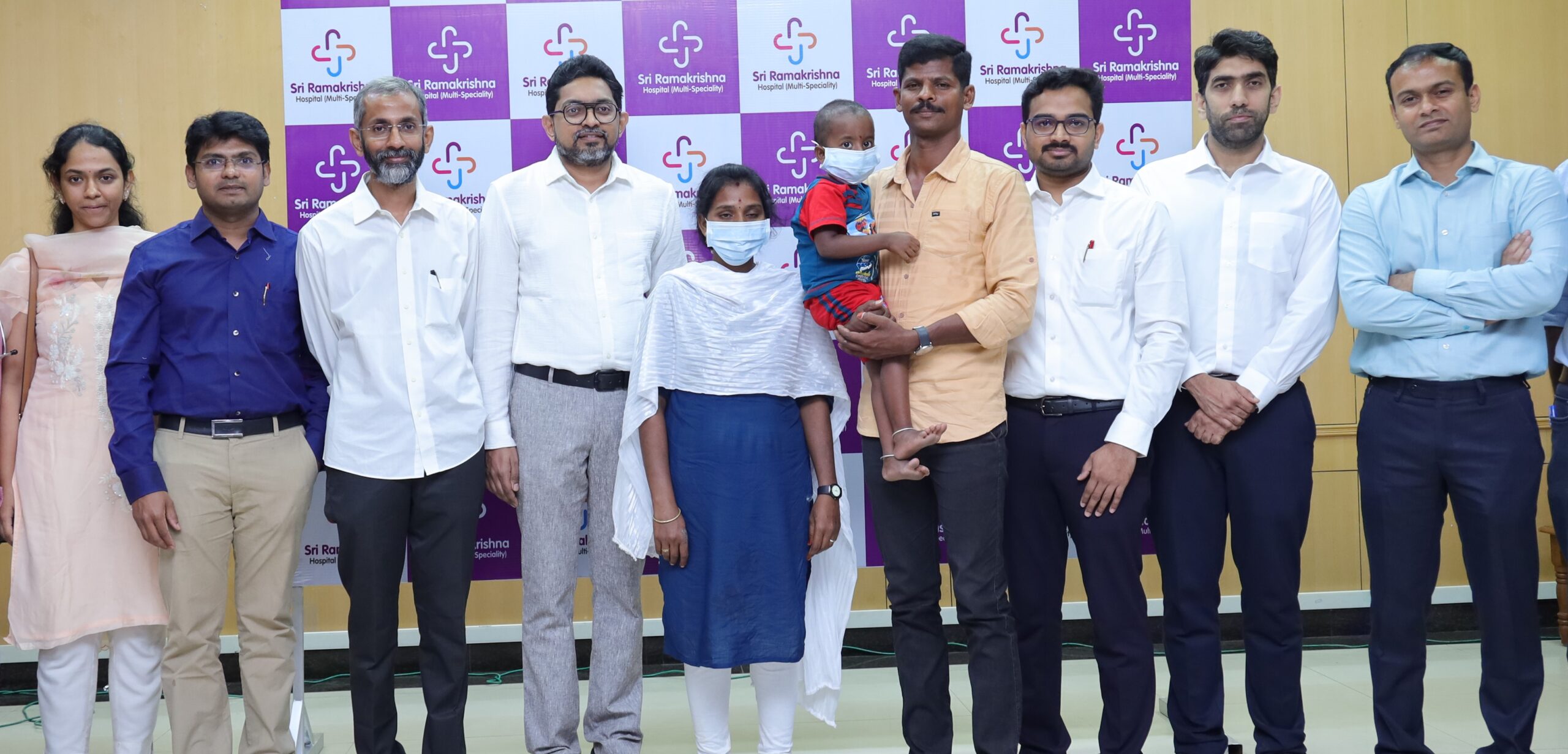Trending Now
- 830 voters names go missing in Kavundampalayam constituency
- If BJP comes to power we shall consider bringing back electoral bonds: Nirmala Sitaraman
- Monitoring at check posts between Kerala and TN intensified as bird flu gets virulent in Kerala
Coimbatore
The global appeal of Swamimalai bronzes
![]() November 9, 2016
November 9, 2016
Thanjavur: Though it is difficult to find Swamimalai, a town panchayat near Kumbakonam, on the India map, the exquisite bronze idols made by the sculptors from this little town have crossed the nation’s borders and are now adorning temples in various countries worldwide.
According to 54-year-old D Radhakrishnan Sthapathy, a ninth generation sculptor and chief craftsman of Jayam Industries in Swamimalai which creates South Indian bronzes, his forefathers have been sculpting bronze icons from the late Chola period onwards.
The sthapathis, it is said, who had been living in Gingee in North Arcot district were brought to Thanjavur by Raja Raja Chola for the construction of the Big Temple. After the construction of the temple was completed, a group of sthapathis under Akora Veera Badra Sthapathy migrated to Swamimalai and settled on the banks of the Cauvery.
Radhakrishnan Sthapathy is proud of his lineage. “The Government of India has traced the genealogy of the sthapathis and published the same in the Census of India 1961,” he says.
Radhakrishnan Sthapathy, who specializes in South Indian bronzes, was recently presented the Poompuhar state award for Export of Handicrafts. The award carries a 4 gm gold medal and Rs 40,000 cash besides the citation.
The names of these three sculptors – Radhakrishna Sthapathy and his younger brothers Srikanda Sthapathy and Swaminatha Sthapathy – are widely known among the Indian diaspora worldwide.
Some of the temples where the idols made by the brothers are installed are Sri Murugan temple, Sri Lakshmi Narayanan temple, Saiva Munnetra Sangam, Birmingham Balaji temple, Ruding Road Muthumariamman temple, all in London, Hawaii island Sivan temple in the US, Ashtalakshmi temple in France, Venkateswar temple in Helenburg, Australia, Nallur Kandaswamy temple in Toronto, Canada, Kanaga Durga temple in Canada, Vilamara Kaliamman koil, Perumal koil of Serangoon Road, Singapore, Mariamman temple in Malaysia, Kadirkamam Manicka Vinayagar temple in Sri Lanka, Meenakshi Chockanathar temple in Mauritius, Krishna temple in Botswana and Mariamman temple in Thailand.
Srikanda Sthapathy claims that the South Indian bronzes came to be widely known around the world only after the Festivals of India organized by the then Prime Minister Rajiv Gandhi in various countries including England, France and the US. Those connoisseurs of art who happened to see the Chola bronzes in New Delhi started to trace the place of its creation and descend on Swamimalai where they purchased small idols and placed orders for big ones which would subsequently be exported by many of the 40 families of sthapathis working in Swamimalai.
“This was the first phase of export of idols to foreign countries,” says Srikanda Sthapathy.
Later the Indian diaspora which migrated to foreign countries for work ordered bronze idols for the temples built there and also for their pooja rooms and showcases.
“Export got a fillip when large numbers of Eelam Tamils started to settle in various countries due to their persecution in Sri Lanka. Wherever they settled, whether it was in England, Canada, France, Germany or Australia they constructed small temples for worship for which they ordered idols from here,” says Srikanda Sthapathy.
“If there were 10-20 families or 200 Tamils in an area, they build a Vinayakar temple or a Murugan temple. The Sri Lankan Tamils are well-versed in Agamas, sculpture and sastras. Hence they ordered sculptures according to the sastras. The Jaffna library once housed these texts,” says Srikanda Sthapathy.
“Around 75% of our export orders are for temples built around the world by Tamils. The remaining are individual orders,” says Srikanda Sthapathy.
“We follow the Shilpasastras expounded by our forefathers and found in texts preserved in palm leaf manuscripts and some texts published by the medieval Saraswathi Mahal Library,” he claimed.























